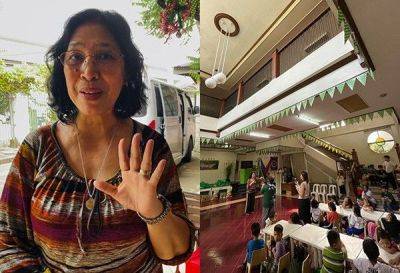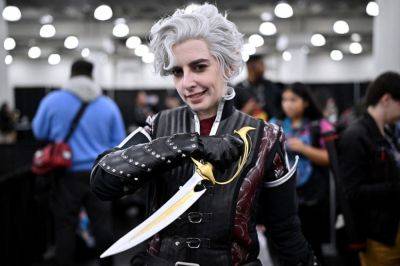Sandra Day O'Connor, the first woman on the Supreme Court, dies
WASHINGTON (AP) — Retired Supreme Court Justice Sandra Day O’Connor, an unwavering voice of moderate conservatism and the first woman to serve on the nation’s highest court, died Friday. She was 93.
O’Connor died in Phoenix, of complications related to advanced dementia and a respiratory illness, the Supreme Court said in a news release.
Chief Justice John Roberts mourned her death. “A daughter of the American Southwest, Sandra Day O’Connor blazed an historic trail as our Nation’s first female Justice,” Roberts said in statement issued by the court. “She met that challenge with undaunted determination, indisputable ability, and engaging candor.”
In 2018, she announced that she had been diagnosed with “the beginning stages of dementia, probably Alzheimer’s disease.” Her husband, John O’Connor, died of complications of Alzheimer’s in 2009.
Here’s what to know:
O’Connor’s nomination in 1981 by President Ronald Reagan and subsequent confirmation by the Senate ended 191 years of male exclusivity on the high court. A native of Arizona who grew up on her family’s sprawling ranch, O’Connor wasted little time building a reputation as a hard worker who wielded considerable political clout on the nine-member court.
The granddaughter of a pioneer who traveled west from Vermont and founded the family ranch some three decades before Arizona became a state, O’Connor had a tenacious, independent spirit that came naturally. As a child growing up in the remote outback, she learned early to ride horses, round up cattle and drive trucks and tractors.
“I didn’t do all the things the boys did,” she said in a 1981 Time magazine interview, “but I fixed windmills and repaired fences.”
U.S. Supreme Court Justice Sandra Day O’Connor is shown before administering the oath of office to members of the Texas Supreme Court, Jan. 6, 2003, in Austin, Texas. (AP Photo/Harry Cabluck, File)
On the bench, her influence could best be seen, and her legal thinking most closely scrutinized, in the court’s rulings on abortion, perhaps the most contentious and divisive issue the justices faced. O’Connor balked at letting states outlaw most abortions, refusing in 1989 to join four other justices who were







